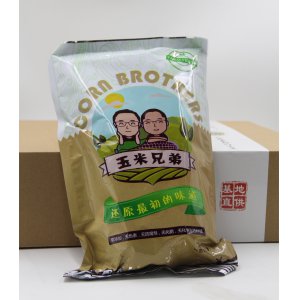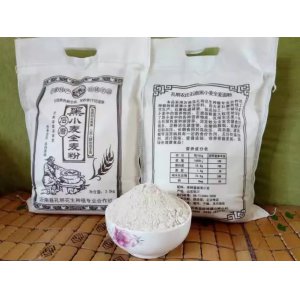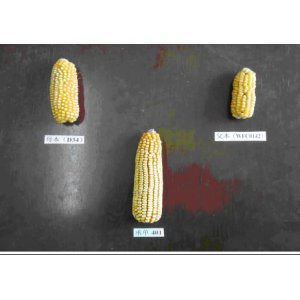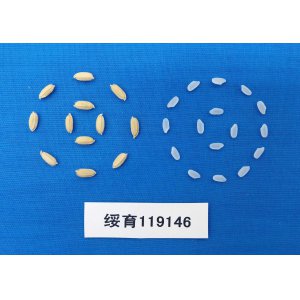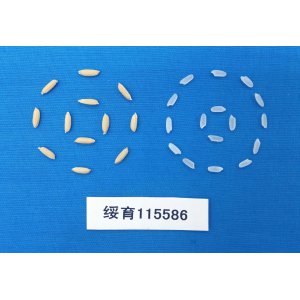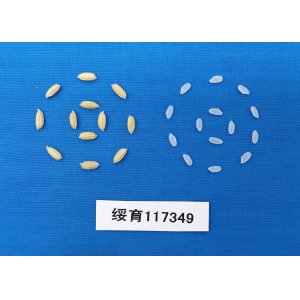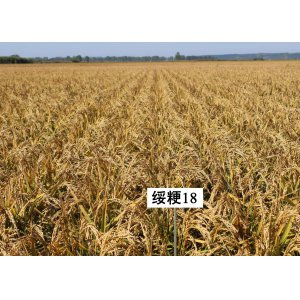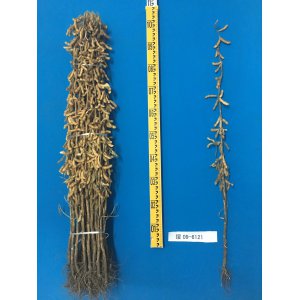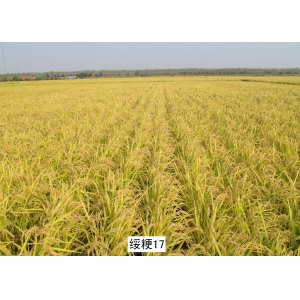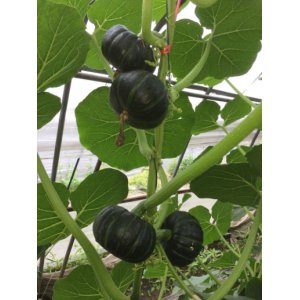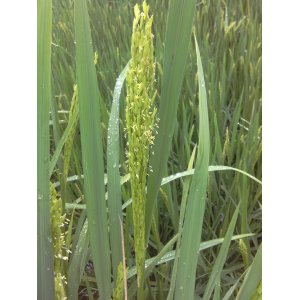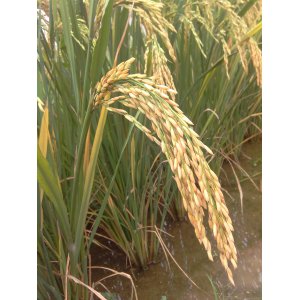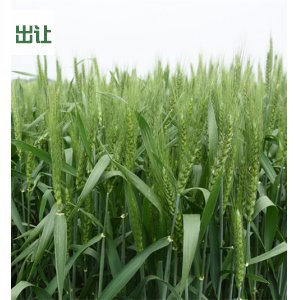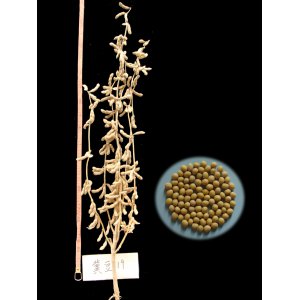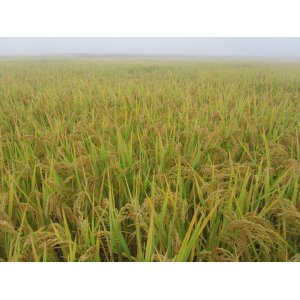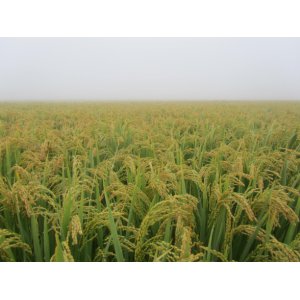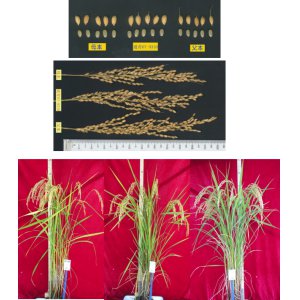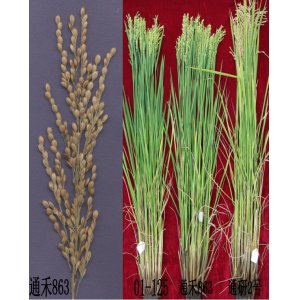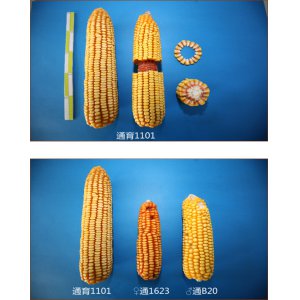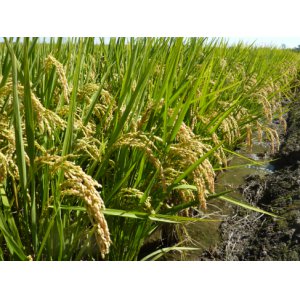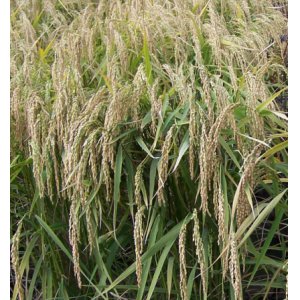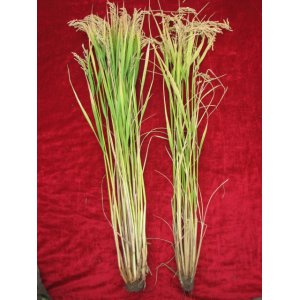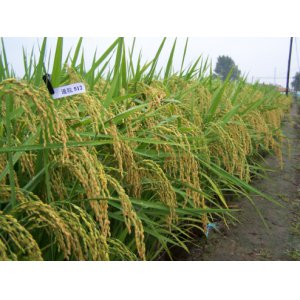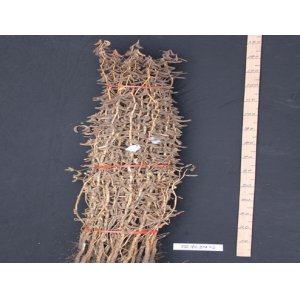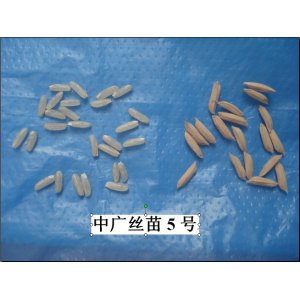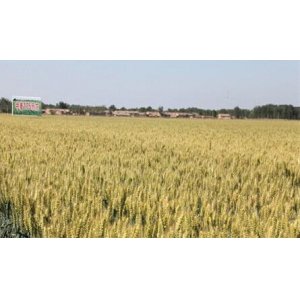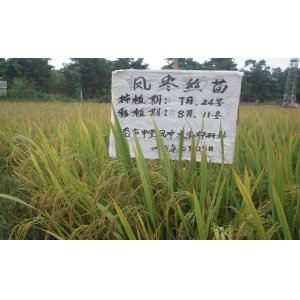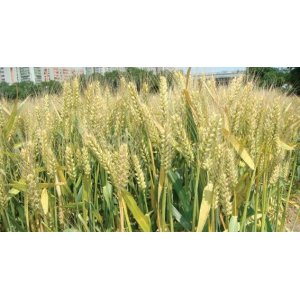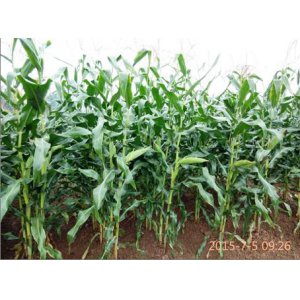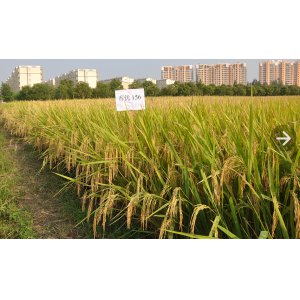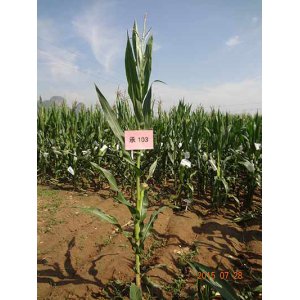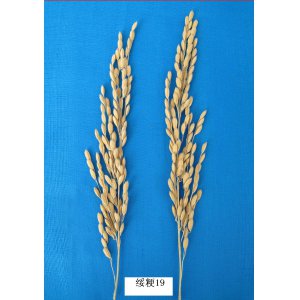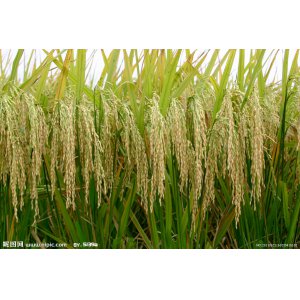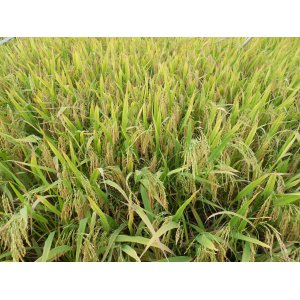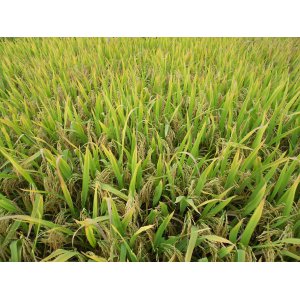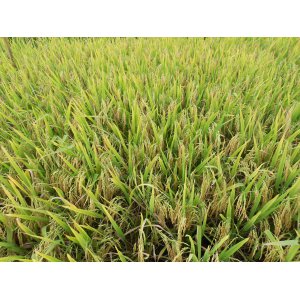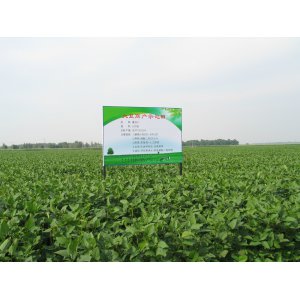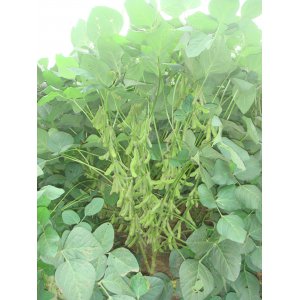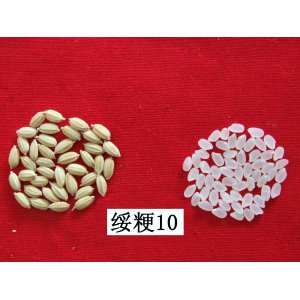Plant Biotechnology Journal, 28 November 2017
Overexpression of the class I homeodomain transcription factor TaHDZipI-5 increases drought and frost tolerance in transgenic wheat
Authors
Yunfei Yang,Sukanya Luang,John Harris,Matteo Riboni,Yuan Li,Natalia Bazanova,Maria Hrmova,
Stephan Haefele,Nataliya Kovalchuk,Sergiy Lopato
Summary
Characterisation of the function of stress-related genes helps to define mechanisms of plant responses to environmental conditions. The findings of this work defined the role of the wheat TaHDZipI-5 gene, encoding a stress-responsive homeodomain-leucine zipper class I (HD-Zip I) transcription factor, during the development of plant tolerance to frost and drought. Strong induction of TaHDZipI-5 expression by low temperatures, and the elevated TaHDZipI-5 levels of expression in flowers and early developing grains in the absence of stress, suggest that TaHDZipI-5 is involved in the regulation of frost tolerance at flowering. In the absence of stress, TaHDZipI-5 was expressed in The TaHDZipI-5 protein behaved as an activator in a yeast trans-activation assay, and the TaHDZipI-5 activation domain was localised to its C-terminus. The TaHDZipI-5 protein homo- and hetero-dimerises with related TaHDZipI-3, and differences between DNA interactions in both dimers were specified at 3D molecular levels.The constitutive overexpression of TaHDZipI-5 in bread wheat significantly enhanced frost and drought tolerance of transgenic wheat lines with the appearance of undesired phenotypic features, which included a reduced plant size and biomass, delayed flowering and a grain yield decrease. An attempt to improve the phenotype of transgenic wheat by the application of stress-inducible promoters with contrasting properties did not lead to the elimination of undesired phenotype, apparently due to strict spatial requirements for TaHDZipI-5 overexpression.
图文来源网络 如有侵权 请联系删除


